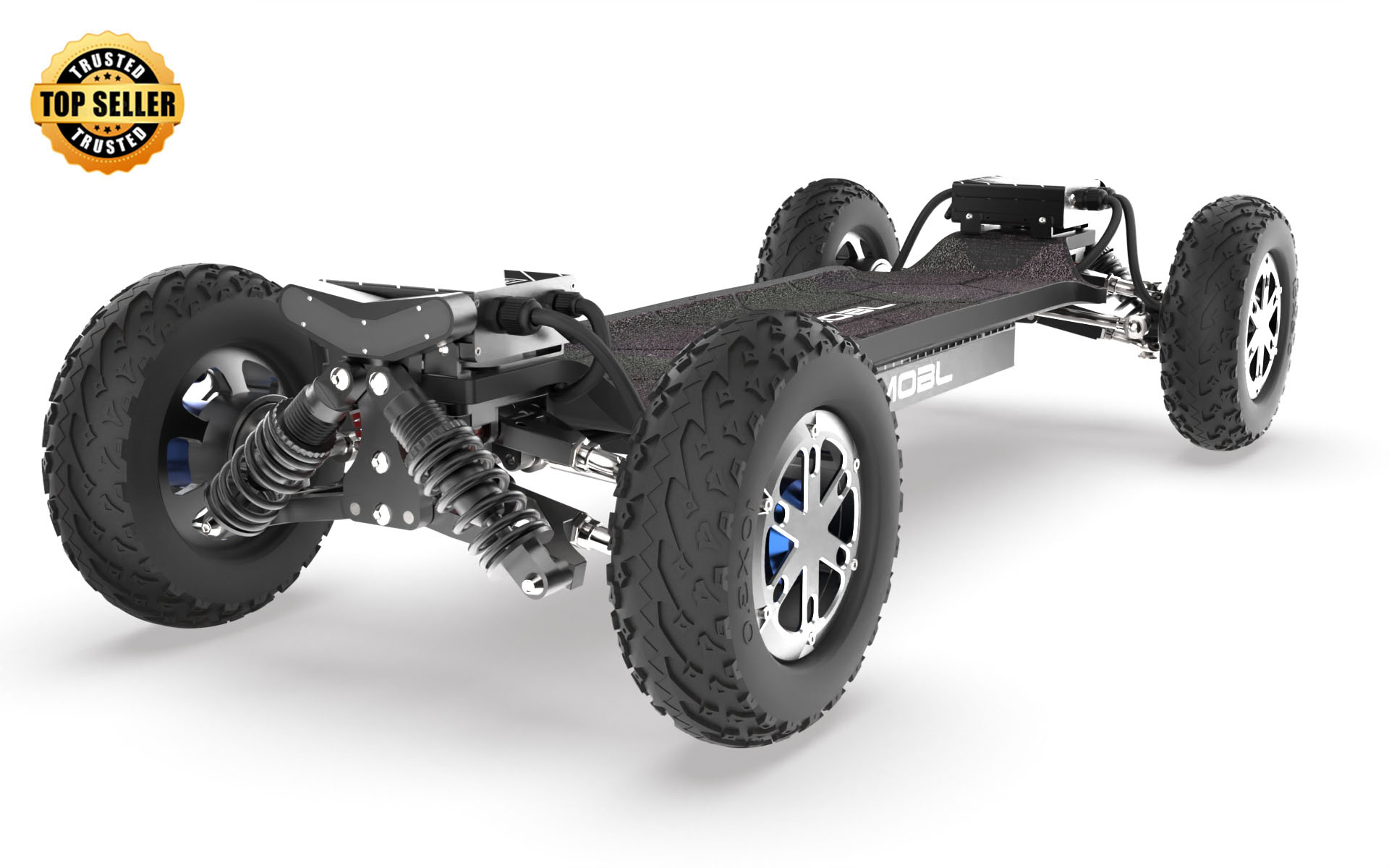Unlock the Secrets of Skateboard Motors: Discover the Game-Changing Benefits!
Electric skateboards are transforming the way we think about personal mobility. With the increasing popularity of motor skateboards among riders of all ages and skill levels, it's essential to understand the role of motors in enhancing performance. These motors not only provide propulsion but also open up new possibilities for where and how we can ride. From commuting to carving through parks, the right motor makes all the difference. In this article, we will delve into the various types of motors used in skateboards, exploring their unique features and the specific benefits they bring to riders.

Understanding Skateboard Motors
At the core of any electric skateboard is its motor, which serves as the powerhouse that propels the rider forward. Unlike traditional skateboards that rely solely on human effort, electric skateboards utilize motors to enhance the riding experience significantly. These motors convert electrical energy from the battery into mechanical energy, allowing for smooth acceleration and effortless cruising. This technology not only changes the mechanics of riding, making it more accessible to beginners, but also elevates the experience for seasoned skaters by enabling them to tackle longer distances and steeper hills. Riding with a motor feels different; it’s about the thrill of speed combined with the ease of movement, which opens up new avenues for exploration.
Types of Motors Used in Skateboards
When it comes to electric skateboards, not all motors are created equal. The two most common types are hub motors and belt-driven motors, each with distinct designs and performance characteristics. Hub motors are integrated within the wheels themselves, offering a sleek and compact design that's perfect for urban commuting. They provide a quieter operation and require less maintenance. On the other hand, belt-driven motors utilize a pulley system that connects the motor to the wheels, allowing for greater torque and acceleration. This setup is particularly advantageous for riders who enjoy off-road terrain or need extra power for steep inclines. Understanding these differences is crucial for choosing the right skateboard based on individual riding preferences and styles.
Hub Motors
Hub motors are celebrated for their compactness and ease of installation. These motors are embedded directly in the wheels, which not only reduces the overall weight of the skateboard but also creates a cleaner aesthetic. One of the standout advantages of hub motors is the smooth ride they offer; without the need for belts and pulleys, there’s less friction involved. A friend of mine, who recently switched to a hub motor skateboard, remarked on how much quieter and more enjoyable the ride was compared to his previous belt-driven setup. Hub motors are ideal for city riding, where quick stops and starts are common, making them a popular choice for commuters.
Belt-Driven Motors
Belt-driven motors, by contrast, are often favored by those who crave power and acceleration. This type of motor is connected to the wheels via belts, allowing for a significant increase in torque, which translates to faster take-offs and better handling on varied terrain. Riders who frequently tackle steep hills or enjoy off-road adventures often prefer belt-driven systems because they can deliver the extra push needed to conquer challenging inclines. Personally, I've seen my friend effortlessly climb steep hills on his belt-driven skateboard, leaving me in awe of its performance. This type of motor is versatile, making it suitable for various riding styles, from casual cruising to aggressive downhill racing.
The Benefits of Using Motor Skateboards
The benefits of embracing motor skateboards extend far beyond just the technology itself. One of the most appealing advantages is the increased speed; electric skateboards can reach impressive speeds that traditional skateboards simply cannot match. This capability not only makes riding more exhilarating but also allows riders to cover greater distances in less time. Additionally, motor skateboards significantly reduce the effort required when riding uphill, which is a game-changer for those who want to explore hilly areas without exhausting themselves. A notable aspect is the enhanced range these boards offer, enabling riders to embark on longer journeys without worrying about fatigue. Overall, these factors contribute to a more enjoyable and fulfilling riding experience, whether for commuting or leisure.
Environmental Benefits
Motor skateboards also provide eco-friendly transportation solutions compared to traditional vehicles. By opting for electric skateboards, riders are making a conscious choice to reduce their carbon footprint. Unlike gas-powered vehicles, electric skateboards produce no emissions, making them a sustainable alternative for short commutes and recreational activity. With urban areas becoming more congested, electric skateboards offer a practical solution for reducing traffic and pollution, promoting sustainable transportation alternatives that benefit both riders and the environment.
Enhancing Your Riding Experience with Motor Skateboards
In summary, understanding the types of motors used in skateboards can significantly enhance the riding experience. Hub motors and belt-driven motors each have unique advantages that cater to different riding styles and preferences. From increased speed and effortless uphill rides to environmental benefits, motor skateboards offer a compelling case for riders looking to elevate their skating adventures. Whether you’re a novice or an experienced skater, exploring the world of motor skateboarding can inspire you to embrace new challenges and experiences on your board.









